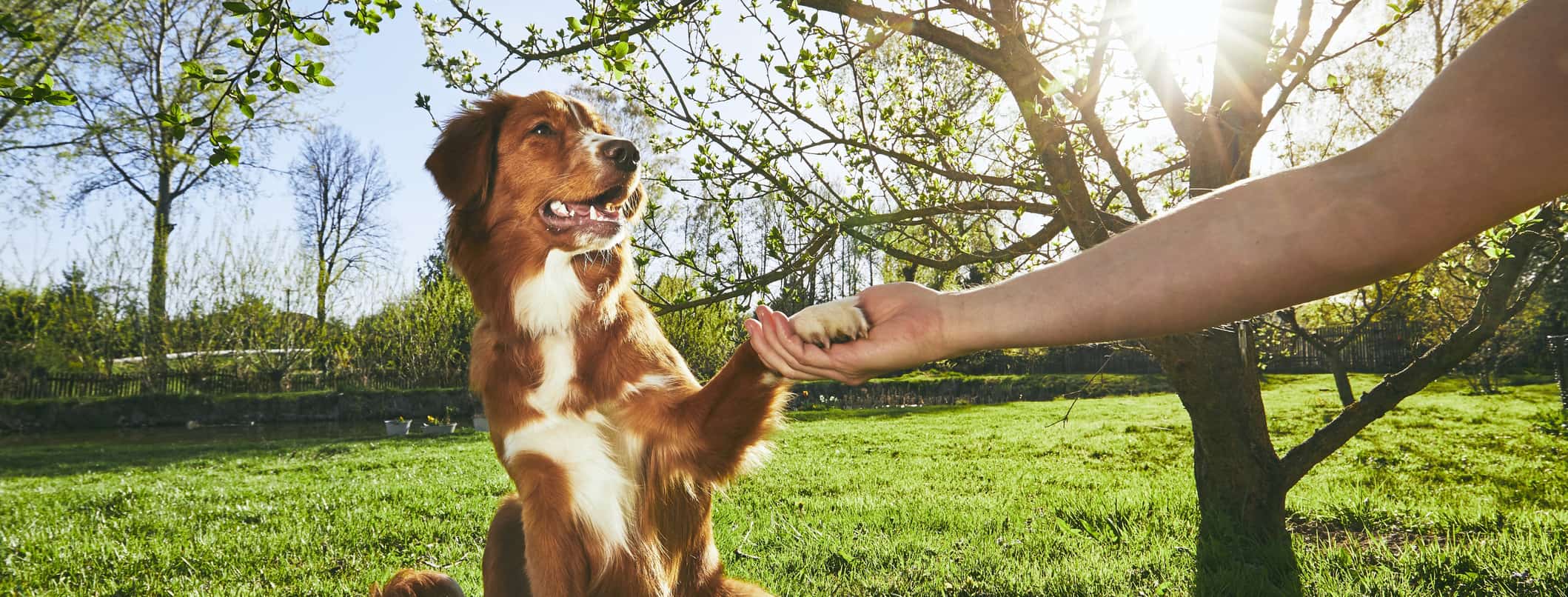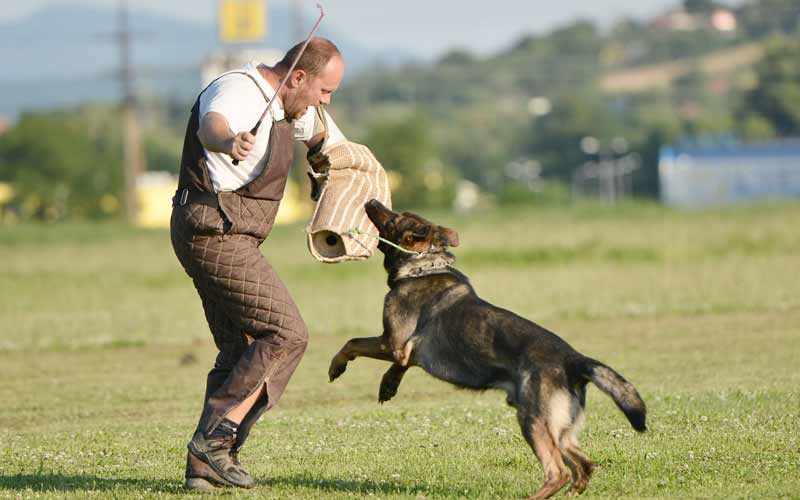Transform Your Pet's Actions With Proven Training Methods
Changing your pet dog's habits needs a nuanced understanding of their private characteristics and needs, as well as the application of tried and tested training techniques. Consistency in your training strategy not just enhances obedience yet likewise fosters a deeper bond of depend on and regard between you and your pet dog.
Understanding Pet Habits
Understanding pet behavior is essential for efficient training and communication in between people and their canine friends. Pet dogs, as social pets, exhibit a variety of behaviors affected by genetics, atmosphere, and experiences - Dog training. Acknowledging these habits helps proprietors tailor their training approaches to meet the particular requirements of their pets
Key elements of dog behavior consist of body language, articulations, and social communications. In addition, socializing plays an essential duty in shaping habits; pets that interact positively with various other animals and different individuals are typically much more adaptable and well-adjusted.
Moreover, recognizing tension signals-- such as panting, avoidance, or pacing behaviors-- can stop acceleration right into much more severe concerns. Proprietors that are in harmony with their canine's actions can create a nurturing and risk-free atmosphere, cultivating count on and improving the training procedure. Inevitably, a deep understanding of canine behavior lays the structure for a harmonious relationship and reliable training end results, making certain both pets and their proprietors flourish together.
Favorable Reinforcement Techniques
Positive support methods are widely identified as one of the most effective approaches for training pet dogs, promoting a positive understanding atmosphere. This method involves fulfilling preferred behaviors with treats, appreciation, or play, thus motivating the pet to repeat those behaviors. Unlike punitive methods, favorable support builds count on and enhances the bond in between the pet dog and the trainer.
To carry out favorable support efficiently, timing is important. Rewards must be provided promptly following the desired behavior to help the dog make the link. Consistency is also crucial; using the very same commands and rewards assists the dog understand what is anticipated. Additionally, differing the benefits can keep the canine involved - Dog training. Alternating in between deals with, playthings, and spoken appreciation can keep passion and inspiration.
It is necessary to keep in mind that favorable support is not about bribery; rather, it is regarding strengthening great actions. Gradually, as the pet dog discovers to connect certain actions with positive outcomes, the frequency of rewards can be gradually reduced, transitioning to spoken appreciation or recurring incentives. This technique not only motivates obedience but also promotes a positive and happy dog, making training an extra enjoyable experience for both parties entailed.
Resolving Usual Problems
Dealing with common concerns throughout pet dog training is crucial for making certain a harmonious and effective partnership between the dog and its proprietor. Lots of pet dog owners experience behavioral obstacles, such as too much barking, jumping, and leash pulling. Understanding the root creates of these habits is crucial for reliable training.
Extreme barking may originate from dullness, anxiousness, or a lack of socializing. To reduce this, provide enough physical exercise, psychological stimulation, and opportunities for social interaction with both humans and various other canines. Leaping can frequently be an indicator of excitement or a desire for focus. Educating the dog to rest upon greeting can reroute this actions positively.
Leash drawing is another common concern, frequently resulting from a pet's eagerness to check out. Making use of proper leash handling methods, incorporated with training protocols that motivate loose-leash walking, can considerably boost this habits.
Furthermore, concerns like resource guarding or splitting up anxiety call for customized methods. Gradual desensitization and counter-conditioning can be effective in resolving these obstacles. By recognizing and proactively managing these typical problems, pet dog proprietors can cultivate an extra enjoyable training experience and strengthen the bond with their canine companions.
Consistency in Training

To attain uniformity, it is crucial that all members of the house stick to the same training approaches. Using the exact same verbal signs and hand signals guarantees that the pet gets consistent messages. Furthermore, the timing of incentives and modifications should be regular; immediate support raises the probability that the dog will link the behavior with the end result.
Furthermore, developing a routine can better improve uniformity. Routine session, combined with structured schedules for feeding, strolling, and play, assistance dogs expect and understand their atmosphere, making them much more responsive to training. Ultimately, uniformity fosters a feeling of protection and count on, encouraging dogs to get more information efficiently. By devoting to a structured technique, trainers can promote favorable behavior modifications and grow a well-mannered buddy.
Structure a Solid Bond
Exactly how can fostering a strong bond in between a pet and its proprietor improve the training experience? When a pet dog feels secure in its link with its proprietor, it is more most likely to display positive habits and be receptive to learning.
Moreover, a strong bond facilitates much better communication. Dogs are skilled at reading human cues, and a relying on partnership permits more clear signals throughout training. Owners that invest time in structure this bond through play, socializing, and positive support create an environment where pet dogs feel excited and motivated to discover.
Additionally, a reputable connection can lower stress and anxiety and behavior issues, investigate this site as pet dogs are less most likely to act out when they really feel comprehended and looked after. Prioritizing the growth of a solid bond not only improves the training experience yet also contributes to a better and more well-adjusted canine. Inevitably, the trip of training transforms into a collective collaboration, resulting in lasting behavior renovations.
Conclusion

Owners that are attuned to their pet's actions can develop a nurturing and secure setting, promoting count on and enhancing the training procedure. Inevitably, a deep understanding of canine habits lays the foundation for an unified connection and effective training outcomes, making certain both dogs and their proprietors prosper together.
Addressing usual problems during pet dog training is necessary for making sure a successful and unified connection between the pet and its owner.Uniformity is a foundation of effective pet dog training, as it establishes a clear structure for the canine to recognize expectations and actions.In final thought, changing a pet dog's behavior with proven training techniques requires an understanding of canine habits, the application of favorable reinforcement strategies, and a focus on uniformity.